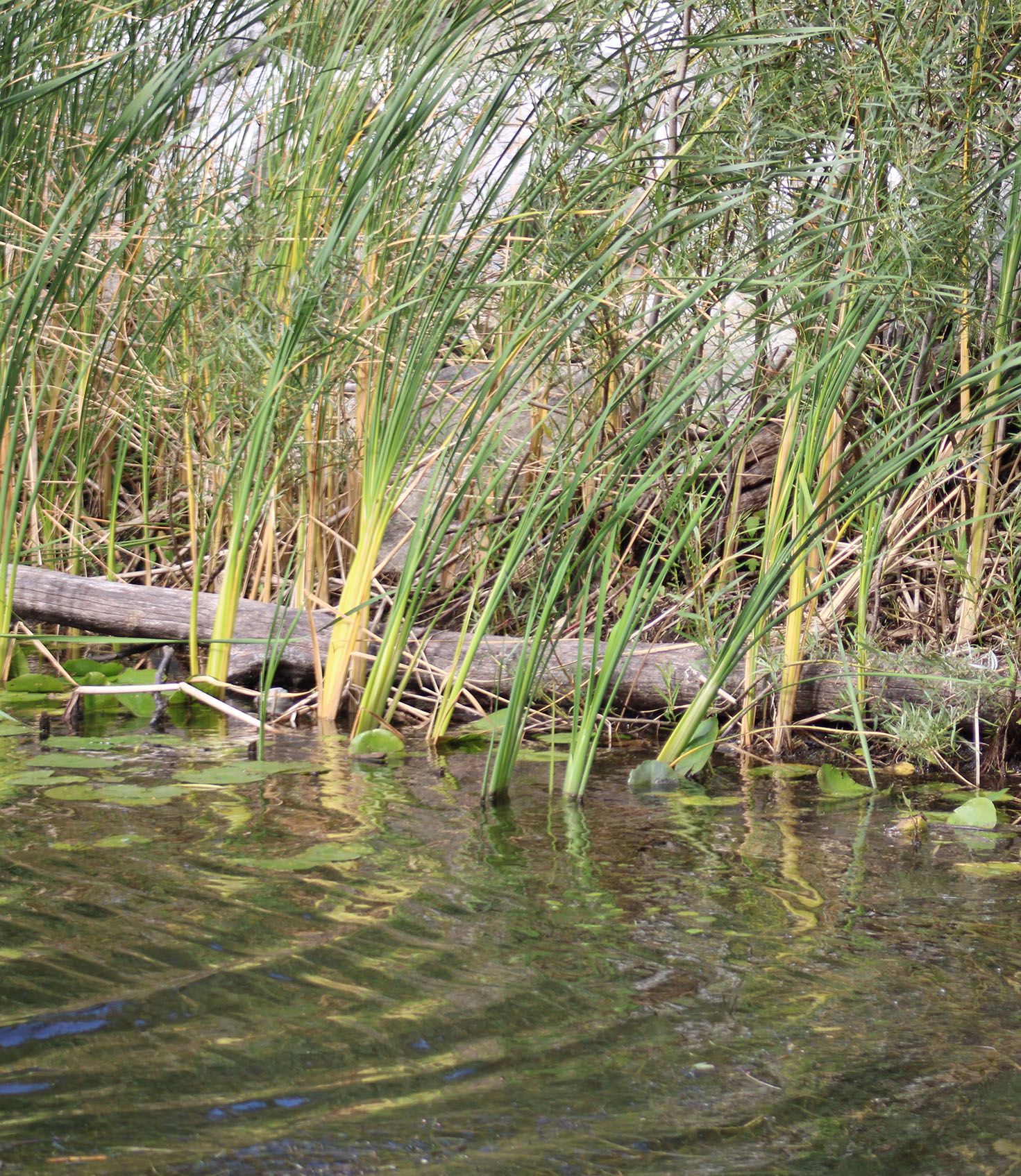 Tribal wetland programs may participate in a wide range of education and outreach activities in order to engage tribal youth, convey the importance of wetlands to the broader community, and build support for wetland protections and wetland programs. Examples of education and outreach activities includes the following:
Tribal wetland programs may participate in a wide range of education and outreach activities in order to engage tribal youth, convey the importance of wetlands to the broader community, and build support for wetland protections and wetland programs. Examples of education and outreach activities includes the following:
- Interpretive information or signs at wetland restoration sites to make ecological information accessible to the community.
- Involving youth or community members as volunteers for hands-on work such as wild rice harvest, trail clean up, invasive species removal, or bioblitzes.
- Educational events that combine ecological awareness and cultural education.
Many Tribal Environmental or Natural Resource Departments have educational or outreach programs. Some examples include:
- Nez Perce Tribe’s Wetlands Program – INTERWET Program
- Stillaguamish Tribe of Indians’ Natural Resources Department Outreach & Education Program
- Swinomish Indian Tribal Community’s Department of Environmental Protection Environmental Education
- Tulalip Tribes’ Natural Resources Education and Outreach Program
Many community organizations also run educational or outreach programs. For example, Wabanaki Youth in Science (WaYS) is a community-based education program that provides experiential learning opportunities for indigenous youth. The WaYS website provides information on their programs and links to additional resources. Additional wetland and water educational resources that may be used to engage tribal youth in wetland programs are available here.
The widespread availability of internet access has allowed for an expansion of forms for outreach and education to tribal communities. StoryMaps can be excellent tools to conduct outreach as they are multimedia, web-based applications that are accessible to a wide audience. A StoryMap can be a useful tool to convey the importance of wetlands and the work being done by wetland programs, as well as a way to share publicly available data on wetlands or water quality. A StoryMap is created through ArcGIS Online and can include text, photos, videos, interactive maps, and other media. This Fact Sheet provides additional information about creating StoryMaps. An example StoryMap is available from Salish Kootenai College and the CSKT Wetland Conservation Program called Wetlands: Lifeblood of the Flathead Reservation.
Similarly, videos can be effective outreach tools to share the importance of wetlands and the work being done by wetland programs. Videos can be easily shared with a broad audience. An example of outreach videos is the Tribes Caring for Wetlands in Wisconsin video series. These videos highlight work being done by the Bad River and Red Cliff Bands of the Lake Superior Tribe of Chippewa Indians and the Oneida Nation to protect and restore wetlands.
An example of combining digital technologies and in-person experiences is the Daigwade Project, a collaboration between Utah State University and the Northwestern Band of Shoshone Nation. This project invites “families and community members within the Nation to share and preserve knowledge through digital and original technologies. We aim to reconnect the land with people through community-based and culturally-sustaining pathways.” One part of this project is the Shoshone Plant Experience. The webpage for this project includes a virtual reality tour of Black Smith Fork Canyon, a coloring book and guide to Shoshone plants, and digital art and stories created by tribal families participating in the project. The Daigwade Project is discussed further in the paper from Litts et al: Designing for technological sovereignty: Forms of relating with culture and technology through community workshops.
Additional Resources on Education and Outreach:
- NAWM Webinar Recording: Education and Outreach Efforts to Support Tribal Wetland Programs, September 21, 2023
- A list of wetland and water educational resources that may be used to engage tribal youth in wetland programs
Back to Tribal Wetland Programs main page
